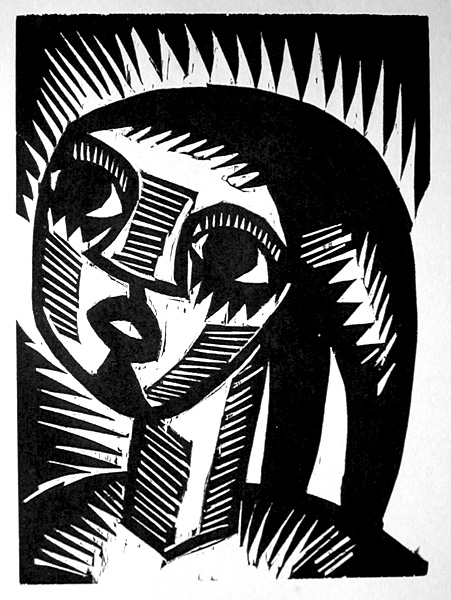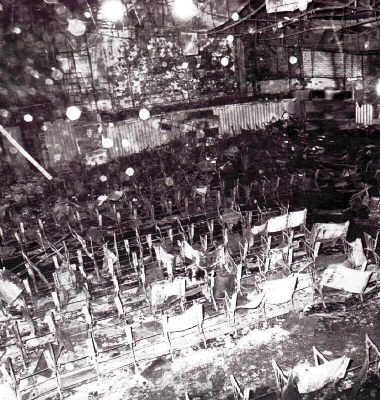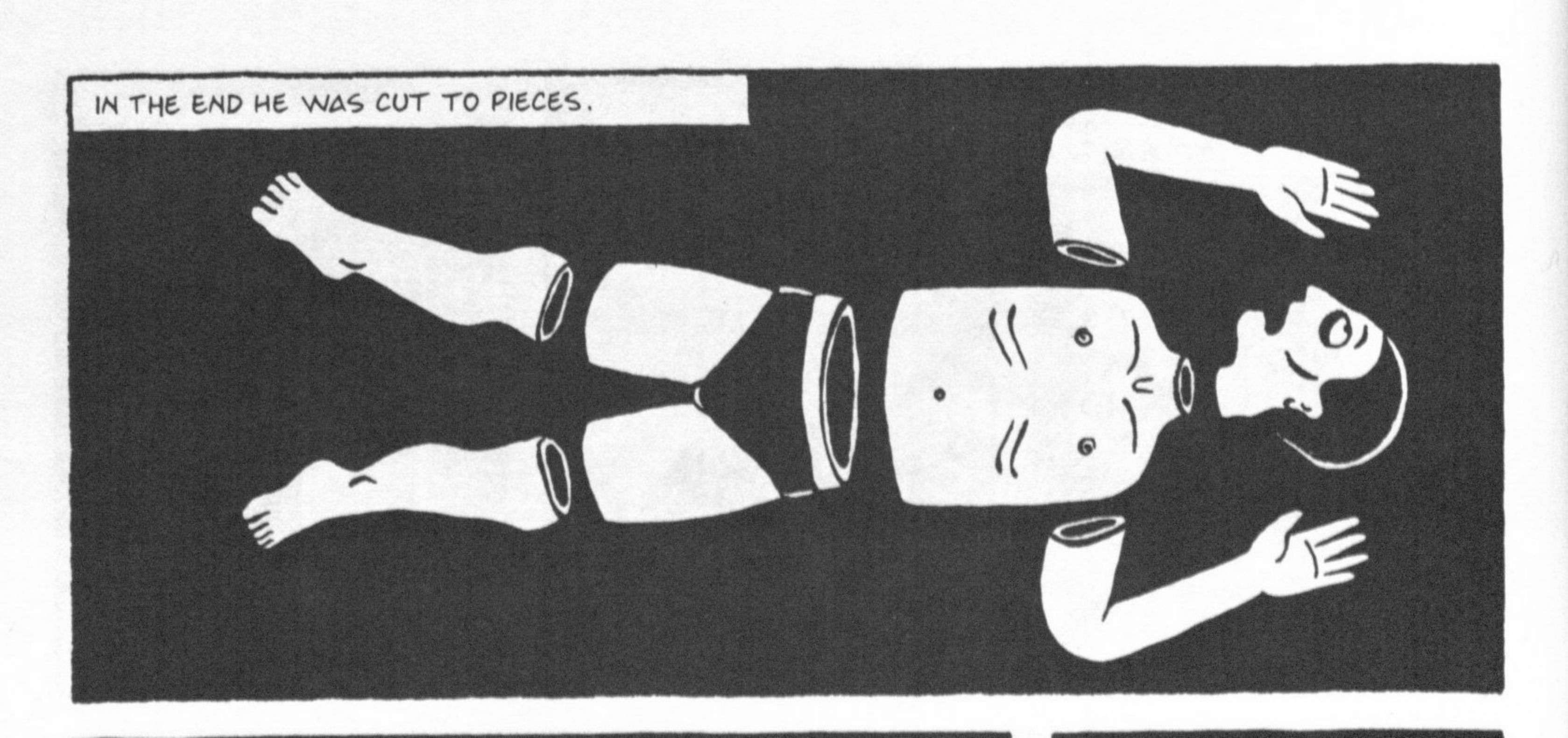| Nosferatu is watching you! |
I have been feeling bad about my critique of Marjane Satrapi's skills as an artist. Maybe it's a fear that I'm being influenced by the bias against women in comics. Maybe it's that I find myself moved by some of her drawings as well as being put off by them. So, the subject of this blog post will be about Satrapi's artistic style. Let's start with what Satrapi admits about her style. First, she cites German expressionism; in particular, she notes the "games" with black and white that we see in Murnau's 1922 film, Nosferatu (which is just, hands down, the scariest vampire EVER).
 I've also included other images from German expressionism, mostly woodcuts, which was popular at that time. Stylistically, Persepolis looks like it could have been made with woodcuts.
I've also included other images from German expressionism, mostly woodcuts, which was popular at that time. Stylistically, Persepolis looks like it could have been made with woodcuts.Satrapi says:
"I write a lot about the Middle East, so I write about violence. Violence today has become something so normal, so banal-that is to say everybody thinks it's normal. But it's not normal. To draw it and put it in color-the color of flesh and the red of the blood, and so forth-reduces it by making it realistic"
The underlining is mine. To understand this, I think we need to go back to our good friend, Scott McCloud. The more iconic a character is, he argues, the more we are able to see ourselves. Does the same hold true for situations? Are we more able to see the horror of the Rex Cinema burning on page 15, where 400 people were locked inside a burning building where they died if it's more iconic?
 This picture shows us what a child would imagine of this event: skeletons floating up to the sky, but that same child-like simplicity may portray the event with special brutality and force. Here are some photos from the time:
This picture shows us what a child would imagine of this event: skeletons floating up to the sky, but that same child-like simplicity may portray the event with special brutality and force. Here are some photos from the time:

I don't know. I think Satrapi's expressionist style does a pretty good job.
Here's Satrapi again about her style and the violence she was depicting:
"I cannot take the idea of a man cut into pieces and just write it. It would not be anything but cynical. That's why I drew it."
The man looks like a doll taken apart. Perhaps this absurdity is the point. To cut a person up is to treat him like a doll, as if a person were a series of parts. But we are not dolls. We are living and a mess. Treating people like that IS absurd, best viewed from a stark and maybe childlike view. I think it's more like the child in "The Emperor's New Clothes." The child is the only one brave enough to tell the truth.
So, that's how I've come to respect Satrapi's style more.


No comments:
Post a Comment